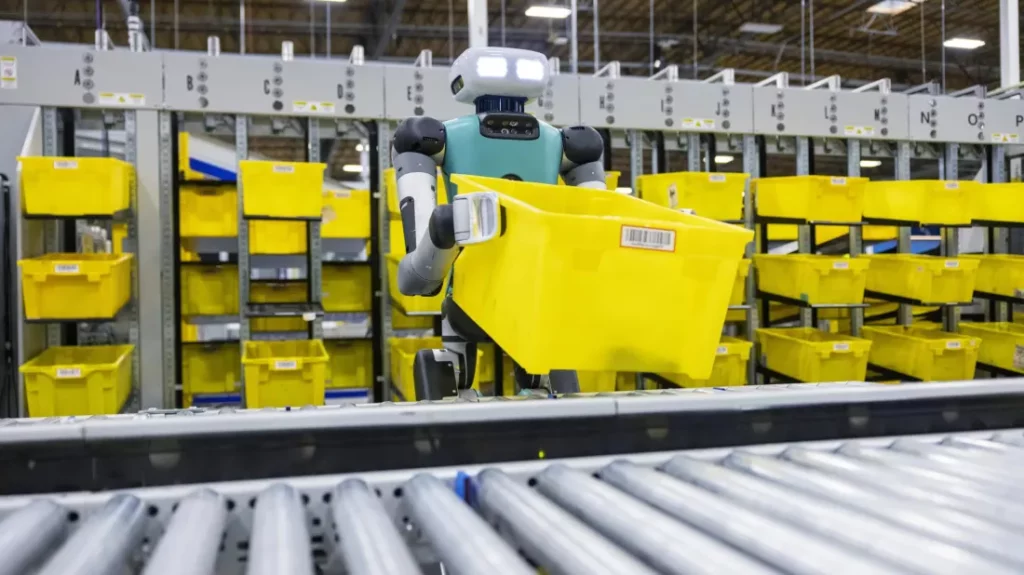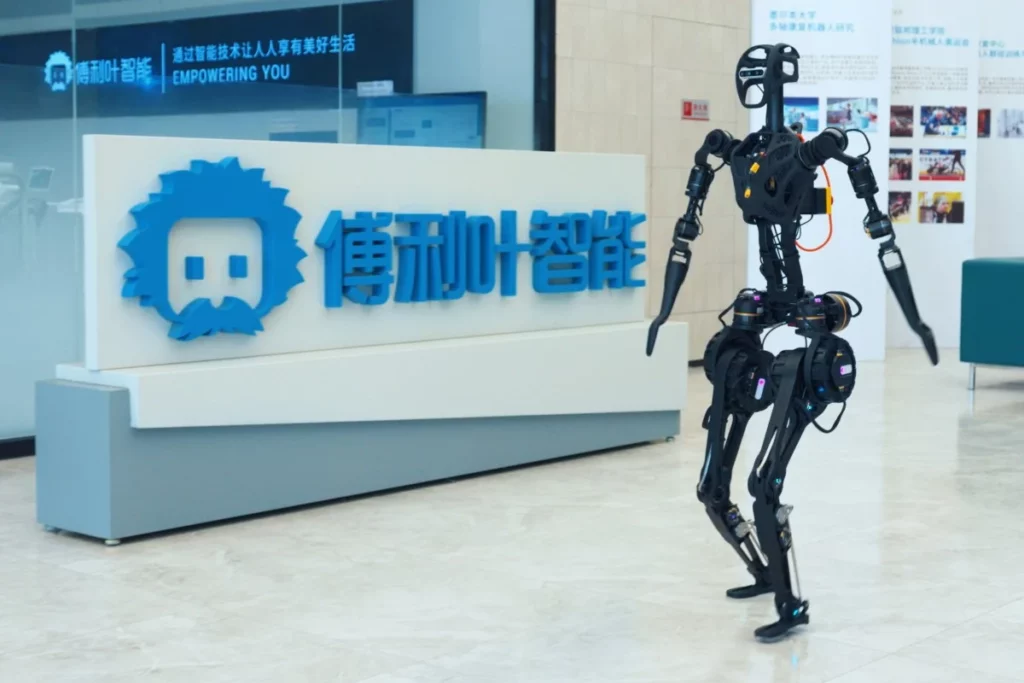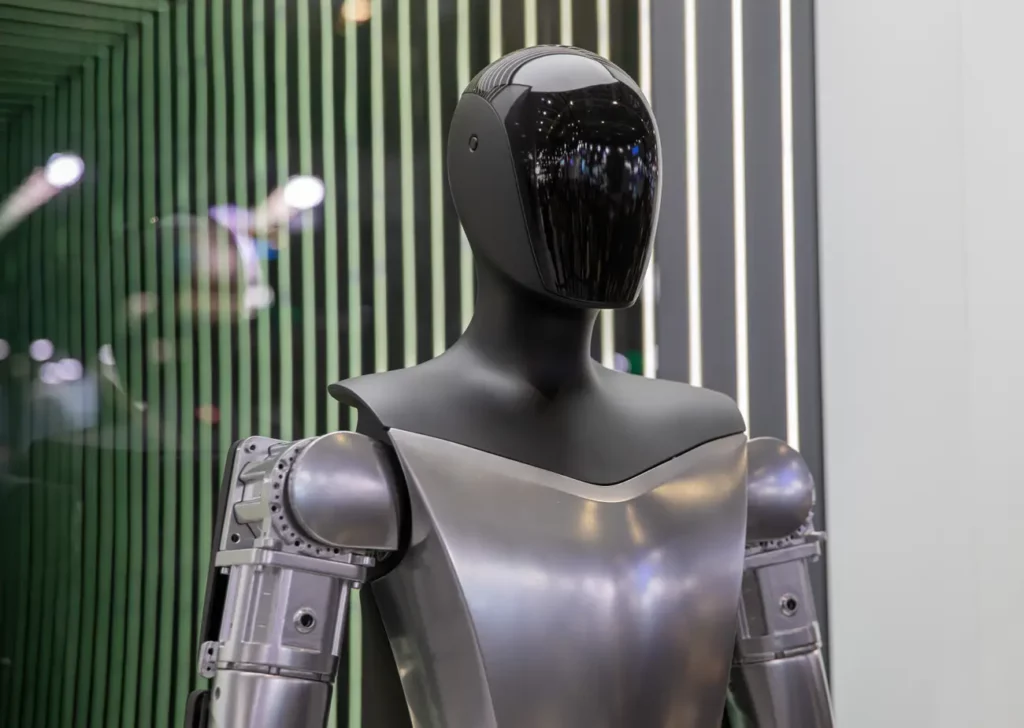China has unveiled ambitious plans to produce humanoid robots that it believes will have a revolutionary impact akin to smartphones. According to a comprehensive blueprint recently released by China’s Ministry of Industry and Information Technology (MIIT), these robots are expected to “reshape the world.” The MIIT envisions achieving an “advanced level” of development and mass production by 2025, positioning them as disruptive innovations following the footsteps of computers, smartphones, and new energy vehicles.

While the blueprint lacks specific details, it exudes substantial ambition. Some Chinese companies are wholeheartedly contributing to the nation’s grand vision. For instance, Chinese startup Fourier Intelligence has announced its intent to commence mass production of its GR-1 humanoid robot by year-end.
The company, based in Shanghai, aspires to deliver thousands of these robots in 2024, capable of moving at a speed of five kilometres per hour while carrying 50 kilograms. Notably, China is not the only country striving for mass production in the humanoid robot industry.

Agility Robotics, a US-based company, is gearing up to open a robot factory in Oregon later this year, where it plans to produce hundreds of bipedal robots with human-like movements such as walking, crouching, and package handling.
E-commerce giant Amazon is currently testing Agility Robotics’ Digit robot at a research and development centre near Seattle, exploring its potential for automating warehouse operations, though it remains in the pilot phase.

Elon Musk’s Tesla is also in the game, developing its humanoid robot named Optimus, or Tesla Bot, as announced in 2021. However, it is still in the early stages, as Musk mentioned at a Tesla AI Day event in 2022 that the prototype had only recently achieved independent walking without support.
In summary, China and various companies worldwide are fervently pursuing the mass production of humanoid robots, with the potential to revolutionize numerous industries and aspects of daily life.








